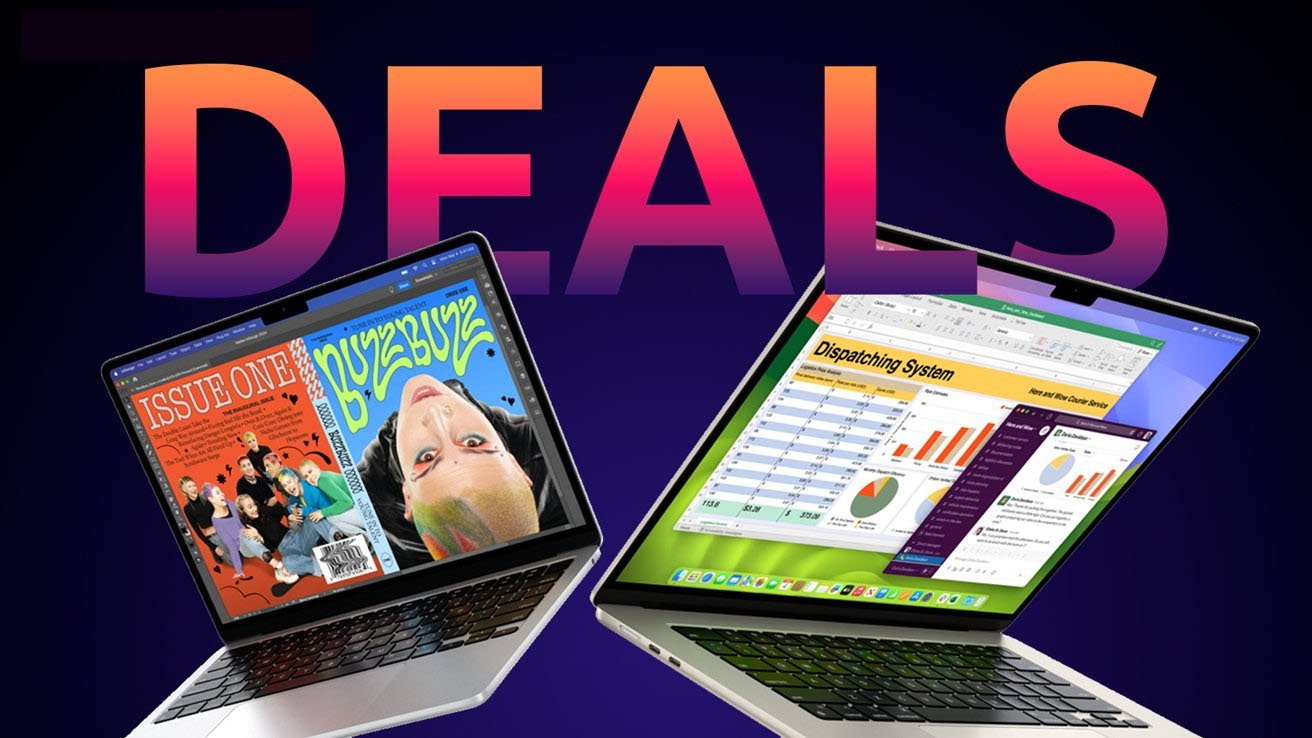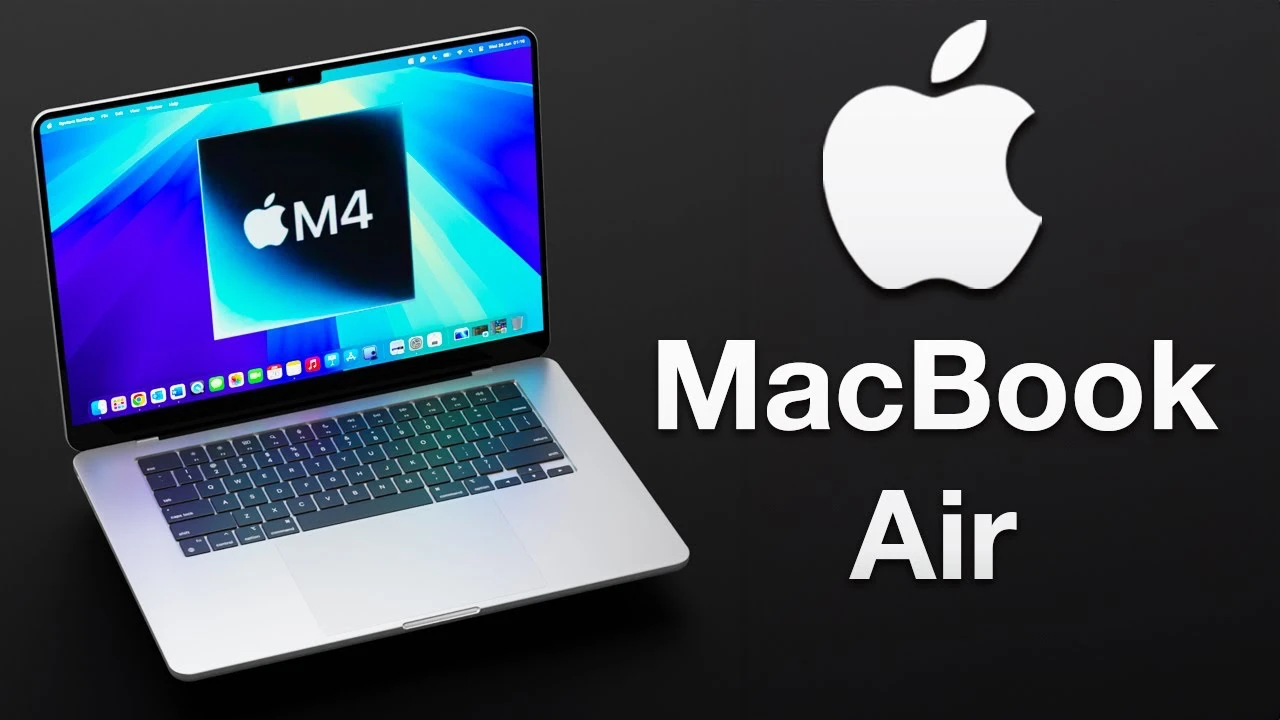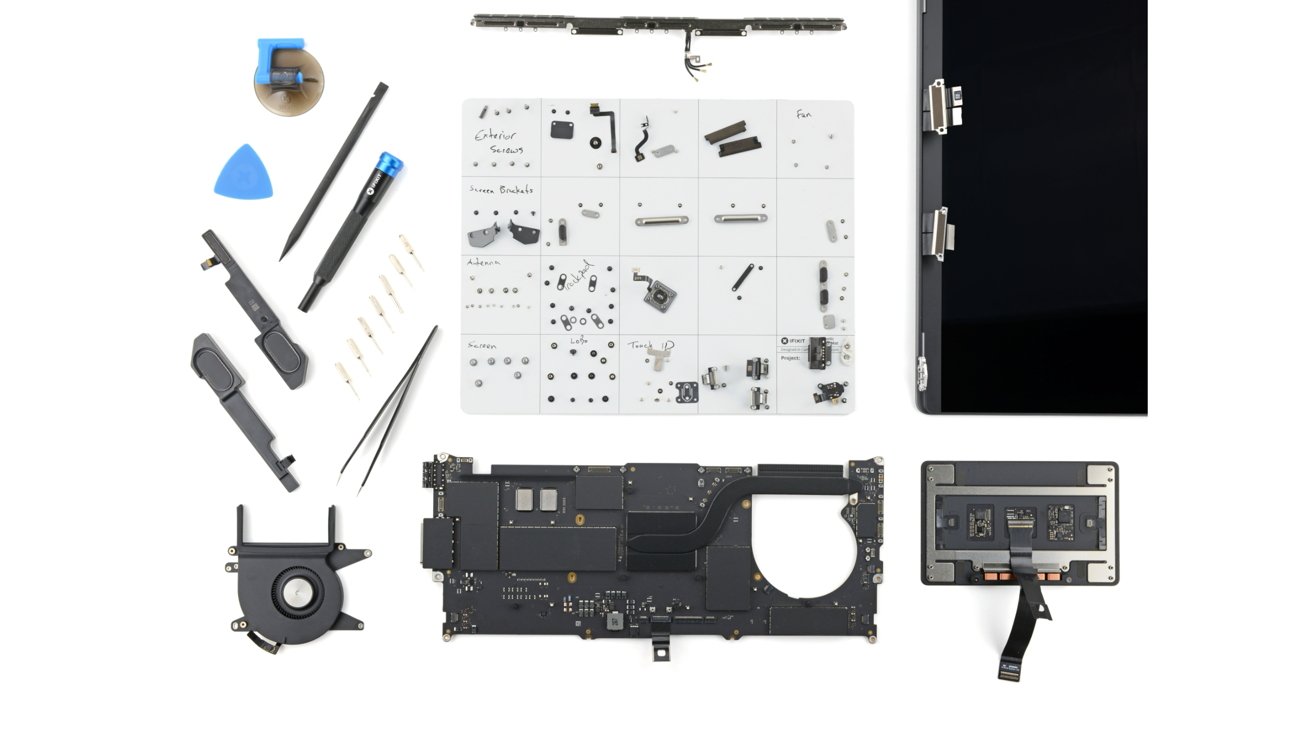Apple is poised to make a significant entry into the foldable smartphone market with its inaugural foldable iPhone, slated for a 2026 release. This development follows Samsung Display’s near completion of a dedicated OLED panel manufacturing line, specifically designed to meet Apple’s stringent requirements for foldable displays.
Samsung’s Dedicated Production Line
Samsung Display has been retooling its A3 factory in Asan, South Korea, to accommodate the production of foldable OLED screens tailored for Apple’s upcoming device. The revamped production line boasts a capacity to produce 35,000 sheets of 6th generation glass monthly. When adapted to the 7-inch foldable OLED format, this translates to approximately 15 million panels annually, or about 1.25 million per month. This substantial output underscores Samsung’s commitment to supporting Apple’s ambitious foray into foldable technology.
Exclusive Supply Agreement
In a strategic move, Samsung Display has secured a multi-year contract to serve as the exclusive provider of foldable OLED panels for Apple’s foldable iPhone. This exclusivity highlights Apple’s confidence in Samsung’s technological prowess and its ability to deliver high-quality components at scale. Historically, Samsung has been a key supplier for Apple, notably during the transition from LCD to OLED displays in iPhones. This partnership is expected to further solidify their collaborative efforts in advancing smartphone technology.
Design and Specifications
The forthcoming foldable iPhone is anticipated to feature a 7.58-inch display and dual 48MP cameras, as indicated by early prototypes. Apple is reportedly adopting an in-folding design, where the screen folds inward, aligning with its focus on durability and user experience. Overcoming previous challenges related to durability and design, Apple appears ready to transition into the production phase, signaling confidence in the device’s readiness for the market.
Market Impact and Production Goals
Analysts predict that Apple’s entry into the foldable market could rejuvenate the segment, which has experienced a decline in consumer interest. The company’s strong brand loyalty and reputation for innovation position it to potentially set new benchmarks in the foldable smartphone category. Initial market estimates suggest a first-year sales target of 6 to 8 million units. However, the production capacity established by Samsung Display provides Apple with the flexibility to scale up production should demand exceed expectations.
Technological Innovations
Apple’s foldable iPhone is expected to incorporate several technological advancements to enhance user experience and device longevity. Notably, the device aims to eliminate the visible crease commonly found in current foldable screens. This has been a significant focus for Apple, with reports indicating the development of new material properties to achieve a nearly invisible crease. Additionally, the device is likely to utilize ultra-thin glass, with Chinese manufacturer Lens Technology serving as the primary glass supplier. This collaboration underscores Apple’s commitment to sourcing high-quality materials to meet its design and durability standards.
Competitive Landscape
The foldable smartphone market is currently dominated by players like Samsung, Motorola, and Google, each offering their iterations of foldable devices. Samsung’s Galaxy Z series, for instance, has set a high bar in terms of design and functionality. Apple’s entry into this space is expected to intensify competition, potentially driving further innovation and offering consumers more choices. The company’s approach to addressing existing challenges, such as screen creasing and durability, could set its device apart from current offerings.
Consumer Expectations and Pricing
While foldable smartphones have garnered interest, concerns about durability and high costs have tempered widespread adoption. Apple’s reputation for quality and its loyal customer base may help mitigate some of these concerns. However, reports suggest that the foldable iPhone could carry a premium price tag, potentially ranging between $2,000 and $2,500. This positions it as one of the most expensive iPhones to date, reflecting the advanced technology and materials involved in its production. Despite the high cost, the device is expected to appeal to early adopters and tech enthusiasts eager to experience Apple’s take on foldable technology.
Conclusion
Apple’s impending launch of its first foldable iPhone marks a significant milestone in the evolution of smartphone technology. With Samsung Display’s dedicated production line nearing completion and an exclusive supply agreement in place, the stage is set for Apple to introduce a device that could redefine consumer expectations in the foldable market. By addressing previous challenges and leveraging its design and engineering expertise, Apple aims to deliver a product that combines innovation, functionality, and durability. As the 2026 release approaches, the tech industry and consumers alike are keenly anticipating how Apple’s entry will influence the future of foldable smartphones.



